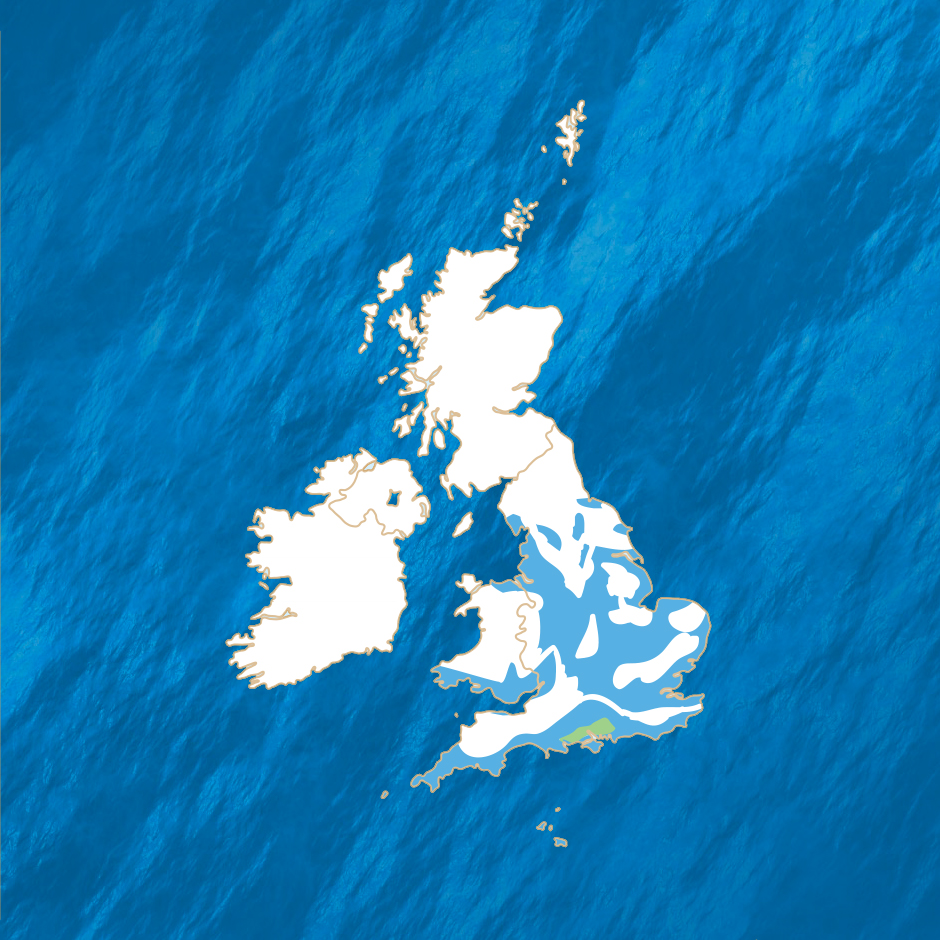Birds and wildlife
Yellow-legged Gull
Larus michahellisGroup: Gulls and ternsUK Conservation status:AmberYellow-legged Gull
How to identify
The Yellow-legged Gull has only recently been recognised as a species in its own right, having previously been considered to be a race of Herring Gull. Adults have darker grey backs and wings than Herring Gulls, but are paler than Lesser Black-backed Gulls. They have more black in the wing tips than Herring Gulls and smaller white 'mirrors'. The legs are bright yellow, there is a red ring around the eye and the bill is yellow with a large red spot. In non-breeding plumage, the head is less streaked and whiter than Herring Gulls. Juvenile Yellow-legged Gulls are very similar to juvenile Lesser Black-backed Gulls, but tend to be whiter-headed and start to gain a grey 'saddle' on their backs quickly as they moult to their first winter plumage. Immature birds gain adult-like characteristics as they mature over the course of five years with the legs turning yellow and dark grey feathers replacing the brown and black immature feathers.Key
- Resident
- Passage
- Summer
- Winter

- Jan
- Feb
- Mar
- Apr
- May
- Jun
- Jul
- Aug
- Sep
- Oct
- Nov
- Dec
Key facts
You might also be interested in...
No results